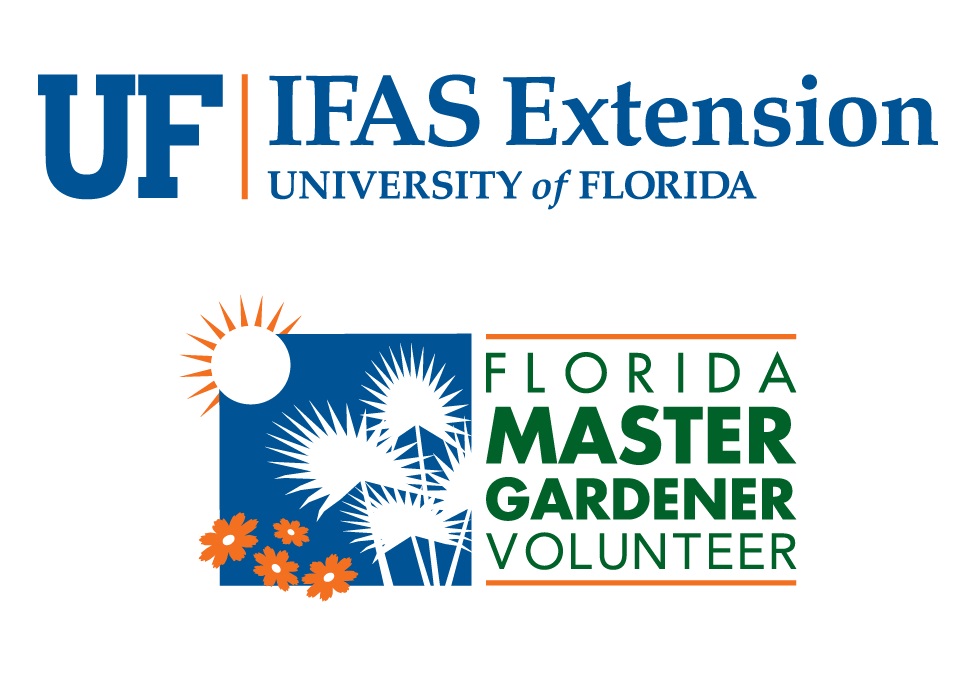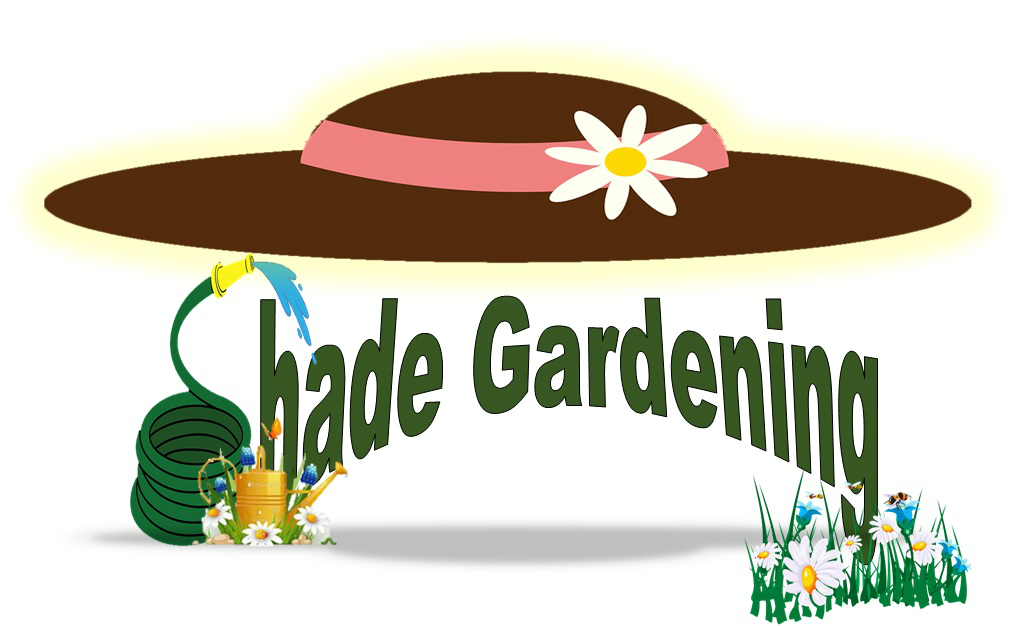Ask Master Gardener Volunteer JoAnn Green
I was in a local nursery last week looking for some flowering plants to replenish some of my container planters. I wasn’t alone in my search for some color during this transition into fall. This month I want to share how to extend those blooms and colorful foliage into the fall.
One of the easiest ways to keep a plant blooming is to remove or deadhead spent blooms. For fuller looking plants, gentle pruning is another method. There is an art and a science for each of these techniques.
The Art of Pruning/Deadheading

Most people do not believe brown or black flower heads are attractive. By removing spent flowers, you can improve the plant’s appearance. Just getting rid of the dark, shriveled parts of the plant, the green leaves and colorful remaining blooms will really pop in the landscape.
Examining the plant and knowing where to cut also takes an artful eye. If the flower is on a single stalk, you will want to remove the stalk down to the base of the plant just above a node. I have some perennial clumps of Brown-eyed Susans that grow on single stems. I cut about half of the spent stalks in late July and still have blooms in early September. By leaving some of the seed heads, I hope to attract birds to the landscape, and have the plants reseed themselves for next spring/summer/fall. I also think some seed heads add interesting color and texture to my garden beds.
If the spent flower is at the tip of a branch with flower buds still to open farther down the stalk, you will want to remove the stalk to just above the new lateral bud. Salvias are plants that will have multiple blooms on a branch. Often they have a stalk of blooms (inflorescence) at the stem tip with two smaller flower stalks just below and on either side of the main flower. By trimming away the spent flower stalk just above the two side shoots you will have two more flower stalks blooming in just a few days. – double the color!
These two photos are of salvias. The close-up shows small leaves that are the beginning of new shoots developing just above the larger leaf below.
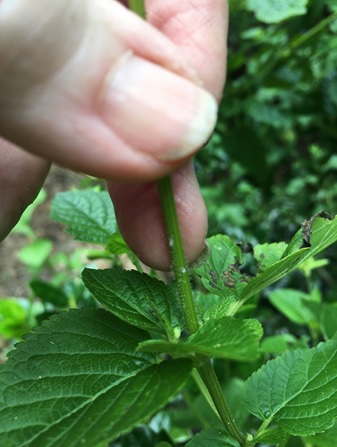
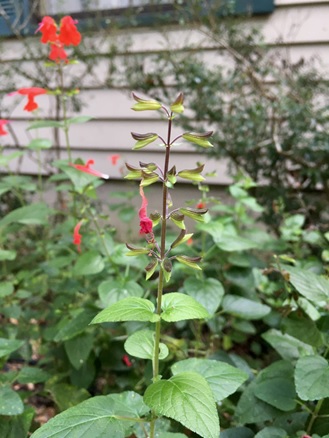

Gentle pruning of plants with colorful foliage is a third way to extend areas of color in your yard. Annuals like coleus and perennials like Persian Shield will become fuller and produce more stems and leaves after gentle pruning or tipping. When you remove the growing tip from the stem you will want to determine which way you want the new growth to grow. Be sure to observe slightly down the stem just above the area where a leaf is attached. If you want the new growth to in a particular direction, choose a leaf that is on that side of the stem and cut just above the leaf. The new growth should spread in that direction.
The Science of Pruning/Deadheading
The science of pruning and deadheading is part of understanding the life cycle of plants. We learned in our science classes about flowers, pollination, and fertilization to make fruit and seeds. Once fertilization of the flower takes place, the plant is then triggered to go into seed production. By removing the spent blooms from the plant, you will stimulate it to continue to produce blooms instead of seeds. If you have Zinnias growing in your yard, give this a try. Hopefully you will be rewarded with more blooms in a week or two.
Remember that some seeds and fruits attract wildlife. Some seed heads are also quite striking in the fall and winter landscape. It is up to you to decide if you want to leave some spent flowers and seed heads on your plants.
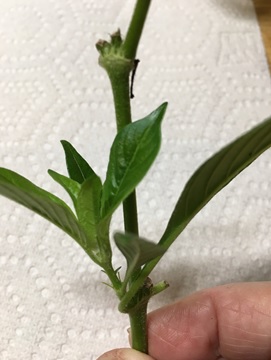
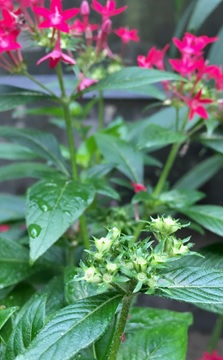
Science also involves knowing about the parts of a plant. When deadheading, you need to know about stem nodes to determine where to make a cut so the plant will send out new growth where you want. For me, an easy way to understand nodes it to look at a Pentas stem. The node/axis is where a leaf is attached to a stem. On Pentas, you might also observe the beginnings of a new branch growing between the leaf and stem. The direction of growth will help you determine if you want to cut above that particular node, or if you want to look a bit farther down on the stem to find a branch that is growing in the preferred direction. Once you find a node that suits your needs, make a straight cut slightly above the node so the new stem will take off.
Knowing which plants re-bloom in our area is a third part of the science of deadheading and gentle pruning. The two documents on annuals and perennials include lists of plants that you may have in your yard or might want to consider getting next spring. Flowers growing in my own yard are described in those links.
I do routine scouting in my yard to determine priorities for the week. I take my smart phone for pictures and also my clippers or scissors with me on these walks. That way I can take care of some deadheading and not have that task start to build up. I might even clip some flowers to enjoy inside!
If you have any questions or suggestions for future articles please email to wakullamg@ifas.ufl.edu
| The Institute of Food and Agricultural Sciences (IFAS) is an Equal Opportunity Institution authorized to provide research, educational information, and other services only to individuals and institutions that function with non-discrimination with respect to race, creed, color, religion, age, disability, sex, sexual orientation, marital status, national origin, political opinions, or affiliations. U.S. Department of Agriculture, Cooperative Extension Service, University of Florida, IFAS, Florida A&M University Cooperative Extension Program, and Boards of County Commissioners Cooperating |
 0
0
